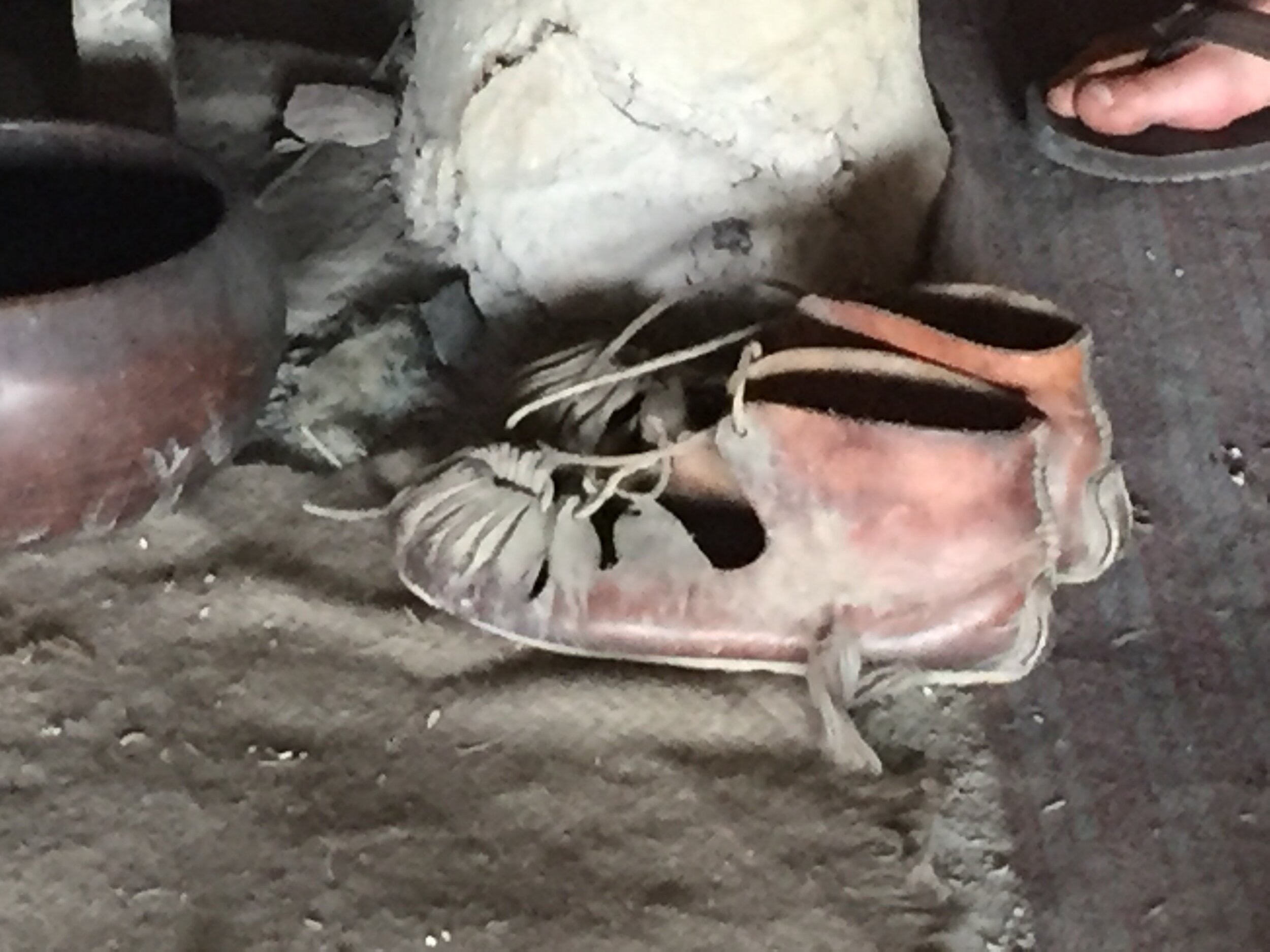Karon Elizabeth Young is a Canadian YA author of unusual historical fiction with paranormal leanings.
She is currently immersed in the world of the ancient Celts of Iron Age Wales, a time when women had rights of equality and freedom of speech not seen again for many, many hundreds of years.
Many Celts lived in hillforts in the southern part of Wales. But the valleys, or Vales as they were called, in the northern regions were predominantly farms and small villages. A touch more difficult to protect. And where my story begins.
A map in progress of the Vale of Glaslyn, a valley surrounded by the Eryri Mountains.
The Roundhouse
The roundhouse, although tedious and time-consuming to build, was constructed with home grown materials: thin branches of hazel, farmed for this purpose (coppiced) and woven into the roof and walls, mud used for daubing to stick it together, and hay for thatching the roofs. The height allowed the smoke from the central fire to gather and dissipate through the top. Despite that, it was dark, smoky and close, especially when it rained. This was Wales in ancient times. Even back then, rain was a constant.
Saoy sheep, found at the reconstructed Iron Age hillfort of Castell Henllys, are descended from the small primitive breed that inhabited the British Isles during the Bronze and Iron Age. They naturally shed their wool which could be collected by pulling on the hair gently (rooing) in early spring or summer, or gathered from the branches and twigs it would catch on (a common chore for children)
Although the Celts had no written language, their world was full of intricate designs and bright colour. Dyes were made mostly from plants, although urine and ash was often used to set them. The plaid we associate with the Scots was common among the Celts. The wool was gathered by the children, washed and combed to make strands, then assembled onto the warp weighted (rocks on thread) looms, a process that is not too different than home made looms used today.










